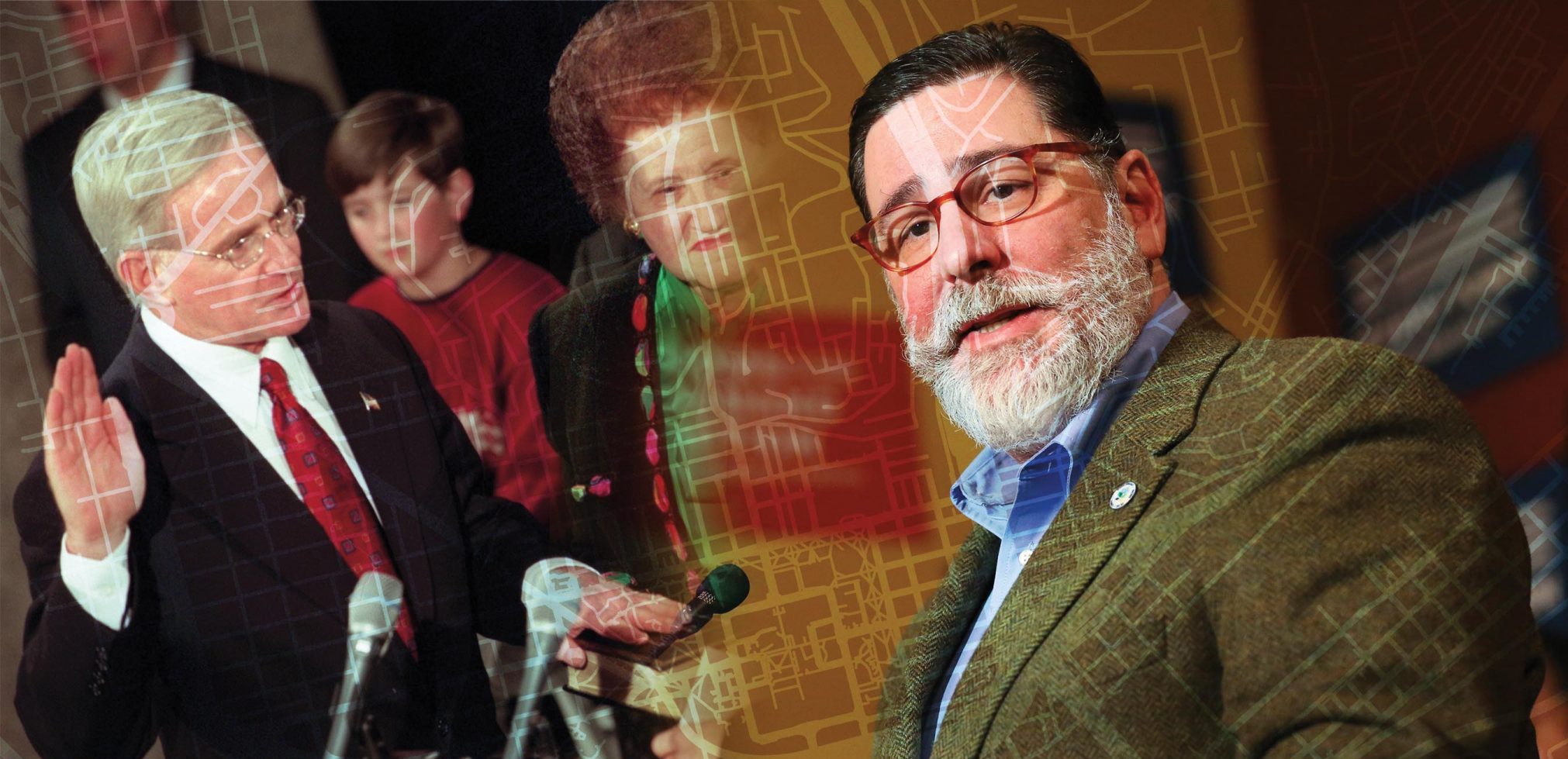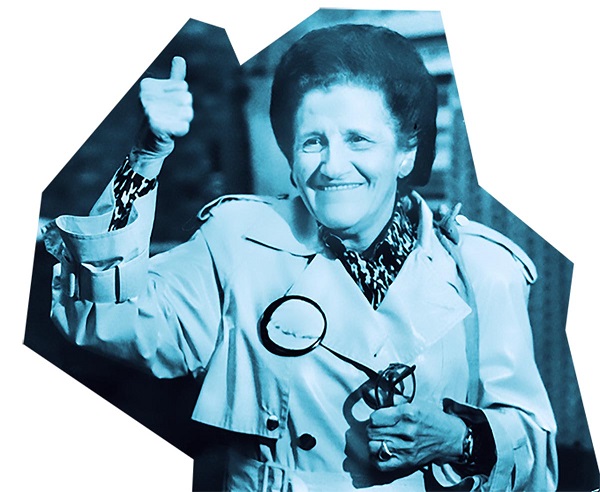What the New Mayor Faces

Sophie Masloff became mayor as the city of Pittsburgh was mourning the death of her popular predecessor, Richard Caliguiri. Tom Murphy was elected to the office in 1994, when the city teetered on the brink of financial calamity as the region scrambled to reinvent itself after the collapse of its steel industry. The mayors who followed — Bob O’Connor, Luke Ravenstahl and Bill Peduto — each took the reins of a city that had earned financially distressed status and was operating under state oversight and spending restrictions.
And they all presided over a city whose population was smaller than the city of the mayors before them.
Ed Gainey, a Democrat, was elected the city’s 61st mayor and the first black politician to hold that office. He’s been a state legislator in Harrisburg for the past eight years, representing the 24th District, which includes many of the city’s eastern neighborhoods. His experience in city government is limited to working in the administrations of mayors Murphy and Ravenstahl as a community development specialist.
He takes the reins of a city that, along with the rest of the world, is in the second year of a pandemic and slowly recovering from the recession the coronavirus outbreak put in motion. That’s something only one other Pittsburgh mayor had to confront on his first day in office — Edward Babcock, a Republican, who was elected in 1918 during the Spanish flu pandemic.
Like mayors before him, Gainey inherits both progress on which to build and stubborn problems that will challenge his skills and the limits of his power.
MONEY IN THE BANK
What the new mayor doesn’t have to deal with is state oversight of the city’s finances. Pittsburgh shed its distressed-city status in 2018, under the Peduto Administration. That ended more than 14 years of getting its fiscal house in order under state-supervised Act 47 recovery measures that spanned four mayors.
The pandemic didn’t bring Pittsburgh to its knees, as was feared when COVID swept into the region. The city has so far weathered the storm, financially. It has just under $300 million in federal pandemic relief left to spend in the next couple of years. And its economy is more diverse than ever, which has softened the impact of the pandemic recession.
Wage tax revenue didn’t decline as expected last year. “A lot of our larger companies were either in eds and meds, or they were working as normal during the pandemic,” said city Controller Michael Lamb. “The eds and meds were actually working at a higher rate. And you didn’t see mass layoffs in the financial sector and a lot of other industries that make up a big part of our employment picture.”
Parking and amusement tax revenues were less fortunate. Both fell sharply. In all, the city lost $53 million in revenue. A $133 million unrestricted fund balance, or “rainy day” fund, helped spare the city from deficit and buy it time until federal pandemic relief dollars arrived.
Lamb said the city is on track to avoid a deficit again this year. And 14 years of stabilizing its finances has left the city in a stronger position to meet its long-term debt, pension and non-pension employee benefits obligations with more reserves on hand to deal with those costs than in past years.
The new mayor finds a city with other strengths that also lend to a positive outlook. Its research universities seed an expanding innovation industry with a bright future. Its cultural and culinary offerings are broad and impressive. Major redevelopment projects are underway to restore hope and possibility to several long-neglected neighborhoods. And Pittsburgh continues to report one of the lowest overall crime rates among major U.S. cities. The 48 homicides in 2020 were the fewest in the city since 2013.

CHALLENGES AWAIT
Some of a mayor’s earliest decisions tend to shape how well he is able to manage a city of 4,000 employees and navigate his agenda through City Council.
“Recruiting the best people for key positions is critically important,” said James Turner, who was the city’s budget director under Caliguiri and finance director under Masloff. “You now have a large bureaucracy to staff. You’ll have new people in new positions. You have to figure out who among existing staff you are going to keep. And you can’t take forever, especially with key positions. That’s a big challenge.”
Pittsburgh is a solid blue city belonging to the Democrats. City Council has long been dominated by members of the mayor’s own party. But ambitions and different constituencies tend to make them a less than a homogeneous group, and sharing a political party hasn’t guaranteed mayors a blank check or smooth sailing.
“It’s a full-contact sport and people are in it to win,” said George Doherty, director of the University of Pittsburgh’s Public Policy and Management Program. “They can stop you. If you make them really angry, they can make your life miserable.”
Several challenges will test Gainey’s expertise and the soft skills he and his team bring to the table. Job growth in the city and region has been tepid for the better part of a decade. Infrastructure upgrades that had been delayed for years demand attention, including the sewer system. “During the city’s recovery over the last 14 years, we were focused on the basic finances of the city – dealing with the deficits we had, pension liability, the long-term debt liability we had,” Lamb said. “We focused on righting the ship, financially. But it created what I would call an infrastructure deficit.”
Nearly 24,000 properties stand vacant in Pittsburgh – about 20 percent of all taxable properties in the city. Peduto backed the creation of a land bank to acquire vacant properties, clear the titles and sell them for reuse, but it met stiff opposition from council. After seven years, the land bank model that council approved has failed to make a dent in the problem.
Affordable housing is in short supply. A city task force estimates that more than 17,000 units affordable for families earning up to 50 percent of the city’s median income are needed to meet demand. And a recent Pittsburgh Post-Gazette investigation found city public housing in woeful condition. Nearly 60 percent of public housing developments managed by the Housing Authority failed recent federal inspections. Nationally, about 10 percent of developments flunk inspection.
Some help might be found in the $335 million in federal pandemic relief funds the city received under the American Rescue Plan and must spend before 2024. Eligible projects include food, rent and other assistance to households; small business loans; and investing in housing, water and sewer infrastructure and broadband.
Spending that money could present the new mayor an early test of his ability to work with City Council. Council and departing mayor Peduto earlier this year agreed on a list of projects for the American Rescue Plan dollars and allocated the first $50 million. But the new mayor has the opportunity to change how the rest is spent, provided he gets council’s blessing.
The new mayor also faces deeply entrenched problems that money alone can’t solve.
Blacks find better income and employment opportunities in most other U.S. cities compared to Pittsburgh, according to a study by University of Pittsburgh researchers for the city’s Gender Equity Commission. Their general health is also better in other cities, as are their chances of avoiding poverty. Such disparities coincide with a steep decline in the city’s black population over the past 10 years, 2020 census data show. Both the city’s white and black populations lost ground. But while the white population slipped by less than 6 percent, the city’s black population fell by more than 13 percent. At the same time, the black population in the rest of Allegheny County grew by more than 15 percent, suggesting that many blacks simply left the city for the suburbs.
PEOPLE PROBLEM
And the City of Pittsburgh can ill afford to lose any residents. The latest census reports that 302,971 people live in Pittsburgh. That’s only slightly fewer residents than the city had in 2010. But it’s less than half of what the city’s population was in 1960. And that’s a problem for the new administration in more ways than one.
“The city is paid for by the people who live here,” Lamb said. “So, population loss is a real problem.” Pittsburgh is the region’s center of employment, culture, entertainment and higher education. And it’s a costly proposition to provide services to accommodate the thousands of nonresidents who stream into the city every day to work, go to school, visit a hospital, go to a ballgame or take in a show. “The toughest part of the math for the incoming mayor is: How can you continue to provide a heightened level and amount of service with a tax base that continues to shrink?”
The city’s shrinking population also weakens it politically, lessens its influence as a regional leader and leaves it more reliant on the support of others, particularly Allegheny County, to move major initiatives forward. In 1950, when 676,806 people lived in Pittsburgh, the city accounted for 45 percent of Allegheny County’s population. Today, only 24 percent of county residents live in the city.

“The county now plays the role that a 600,000-700,000-population city used to play,” Dougherty said. “I think the county now has more influence in shaping the agenda for the region than the city itself.”
That places a premium on the mayor bonding with the county and its elected executive, Rich Fitzgerald. Peduto had a healthy working relationship with the county executive, Turner said. “But it doesn’t happen naturally. Caliguiri had major fights with the county and Sophie Masloff didn’t get along with the county terribly well, either.”
There is plenty at stake, not the least of which is leveraging state and federal political support to fund large capital projects and initiatives the city alone can’t afford. Past examples include the North Shore stadiums, the transit tunnel under the Allegheny River and incentive packages to attract major employers, such as Pittsburgh’s unsuccessful $9.7 billion bid to win Amazon’s second headquarters. “If you’re the mayor, you have to recognize the situation. And the situation that exists is that the county executive is a major political player,” Turner said. “That might be hard to take. But, if you’re the mayor, having his support is critical. That’s the reality you face.”


